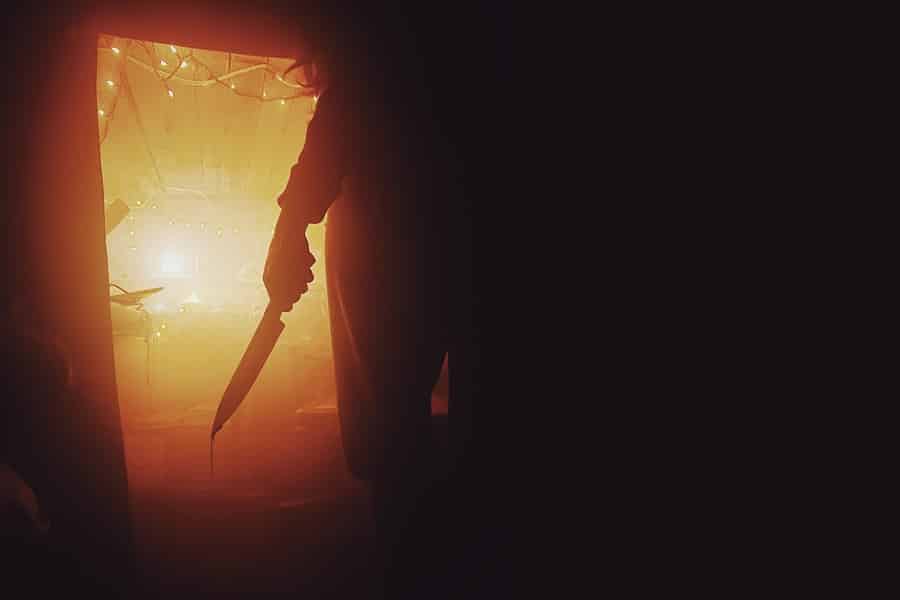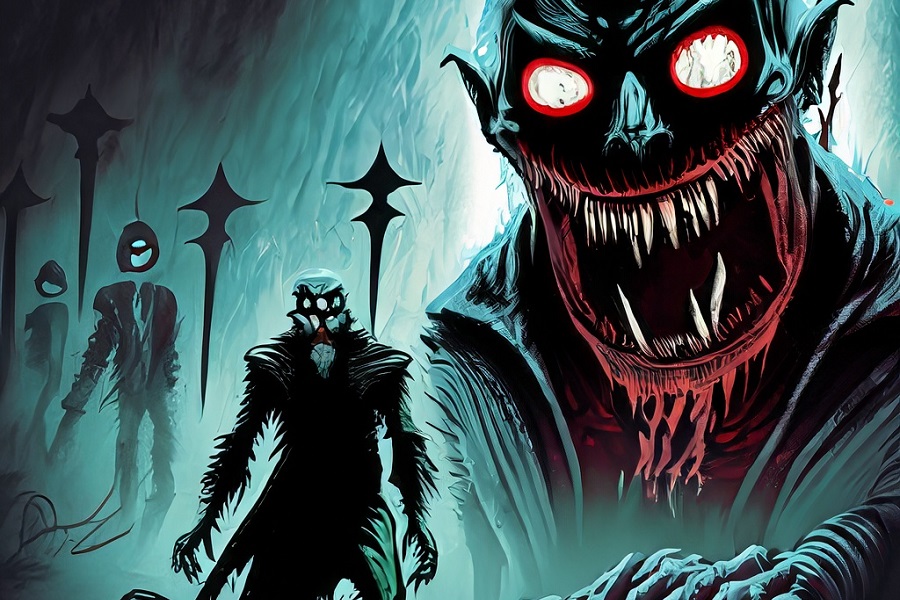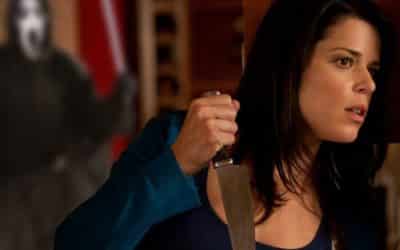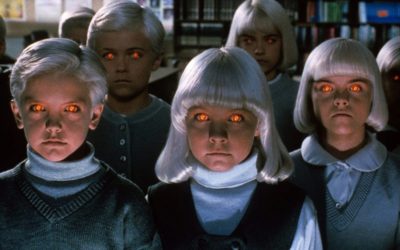
Feature
What Is A Slasher Horror?
April A. Taylor
When you hear the word slasher, the odds are high you immediately think of horror movies such as Halloween, A Nightmare on Elm Street, and Friday the 13th. However, there is also a treasure trove of slasher novels, and they bring the genre new life.
One of the biggest complaints – and biggest praises – of slasher films is that, at their core, they’re typically about gore, gore, and some more gore. There are certainly some novels that follow this formula, but today’s releases tend to explore the topic through a more intelligent lens.
The Origins of the Slasher
People have debated for years what the true origin of slashers was, but one thing is for certain – the original slashers made sure people knew their victims deserved it. In fact, the moralizing was so important that it’s kind of surprising that more people didn’t look past the gore and embrace these books and movies.
Consider for a moment what activities most of the teenagers in Halloween and Friday the 13th had in common. They had premarital sex, did drugs, and were often depicted as living a hedonistic lifestyle. Meanwhile, the final girls were the most innocent of the bunch and were therefore allowed to live. They suffered mightily for the transgressions of their friends, though.
These characterizations were popular in movies and books. They allowed people to feel above the teenagers, and it gave many a sense of glee to watch them being murdered. This formula was pointed out in Scream, along with several other rules. For instance, never say, “I’ll be right back,” because you won’t be.
Today’s Slashers
While some slashers stick to the old routine, most newer books and movies have taken the concept to a new place. Now, instead of rooting for the victims to die, we feel more empathy for them. As a result, their place in the slasher world has changed. In the past, committing a sin would be your one-way ticket to death. Instead, we now take fully realized characters and stick them inside a situation where their flaws become almost celebrated – but only to a certain point.
Stephen Graham Jones highlights these changes in his upcoming book, My Heart is a Chainsaw. Jade may know everything there is to know about slasher movies, but she’s fixated on the idea she’s too broken to ever be a final girl. She tries to tell Letha, who she’s convinced is final girl material, what she needs to do to save the town. The reality, however, is that Jade needs to learn to stand on her own two feet and put away her preconceived notions. She holds the key to saving herself, if only she could let herself believe it.
Grady Hendrix also touches on this in The Final Girl Support Group. In his novel, Hendrix explores the phenomenon of final girls. How did they survive? How shattered has it made them? And, most importantly, can they become final girls yet again? This is probably the most important question of all, and it speaks to our bloodthirsty belief that even a final girl won’t last forever.
Are Slashers Due for a Renaissance?
As you can see from the previous section, today’s horror novelists are taking slashers to new and bold places. This year alone, we’ve got Stephen Graham Jones, Grady Hendrix, and Josh Malerman (Ghoul N’ the Cape) releasing books that have slasher themes, and there are also several lesser-known authors doing the same thing. Additionally, the second movie in the three-part Halloween series from Blumhouse is also due.
Blumhouse’s Halloween Kills promises to take us on a journey of survival. Rather than wondering how Jamie Lee Curtis’ character could ever survive, we instead find ourselves wondering if she – or her daughter – could finally be capable of putting Michael to rest for good.
Laurie Strode has become a different person, as evidenced by Halloween (2018). She certainly won’t be left screaming in a closet when Michael comes home this time. Laurie now has the skills and guts to stand up to Michael. Of course, this has also left her on the periphery of society. Laurie is a survivalist, which means she’s also a hermit. She’s adopted this personality in order to fight back, and her actions are proven right by the reemergence of Michael Myers.
Slashers may have worn out their welcome on the big screen in the 90s, but today, they’ve never been hotter. The horror genre always moves from trope to trope, so it’s not surprising. What is refreshing, though, is how today’s authors and screenwriters are re-envisioning what it means to be a slasher. Long gone is the moralizing of the 70s and 80s. Today’s victims are relatable, and for the most part, we don’t want them to die. This makes it hit even harder when the killer ultimately achieves their goal.
About the Author
April A. Taylor is best-selling, multi-genre author. Her newest book, Evil Eye: A Slasher Story, introduces readers to characters they’ll love to root for, along with two they can hate. Her previous horror books include Sinkhole and The Haunting of Cabin Green. April has also written the Alexa Bentley Paranormal Mysteries Series, the thriller Corvo Hollows, and the Midnight Myths and Fairy Tales Series. She’s a proud member of the Horror Writers Association. Visit her online at aprilataylor.net.

More Horror Features
The Art of Fear
Dissecting the Differences Between Slasher and Monster Horror
‘Final Girls’ in Slasher Horror
The Top 5 “final girls” in slasher horror who survived to the end
The Best John Carpenter Movies
The top 10 greatest films by horror director John Carpenter
Advertisement



